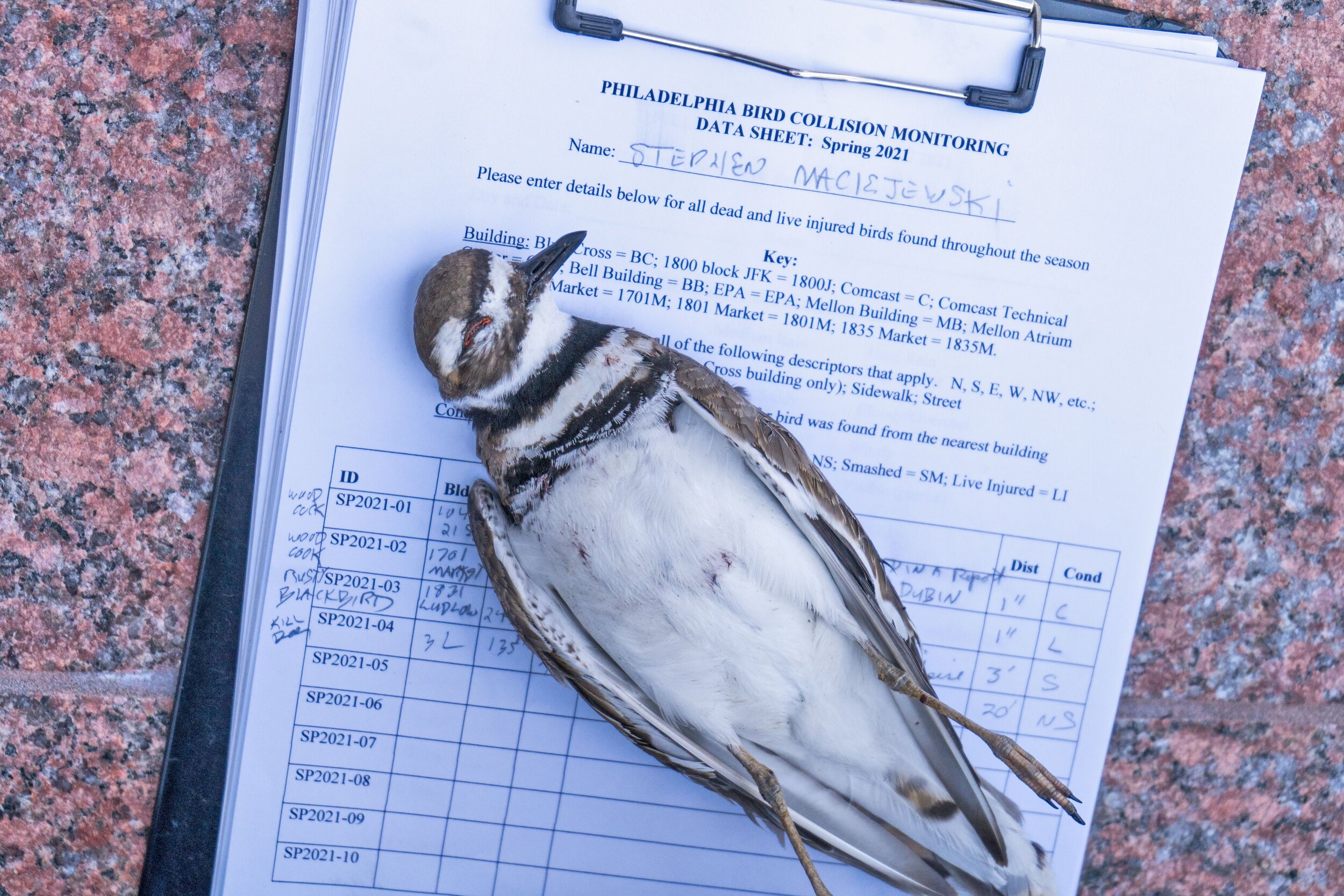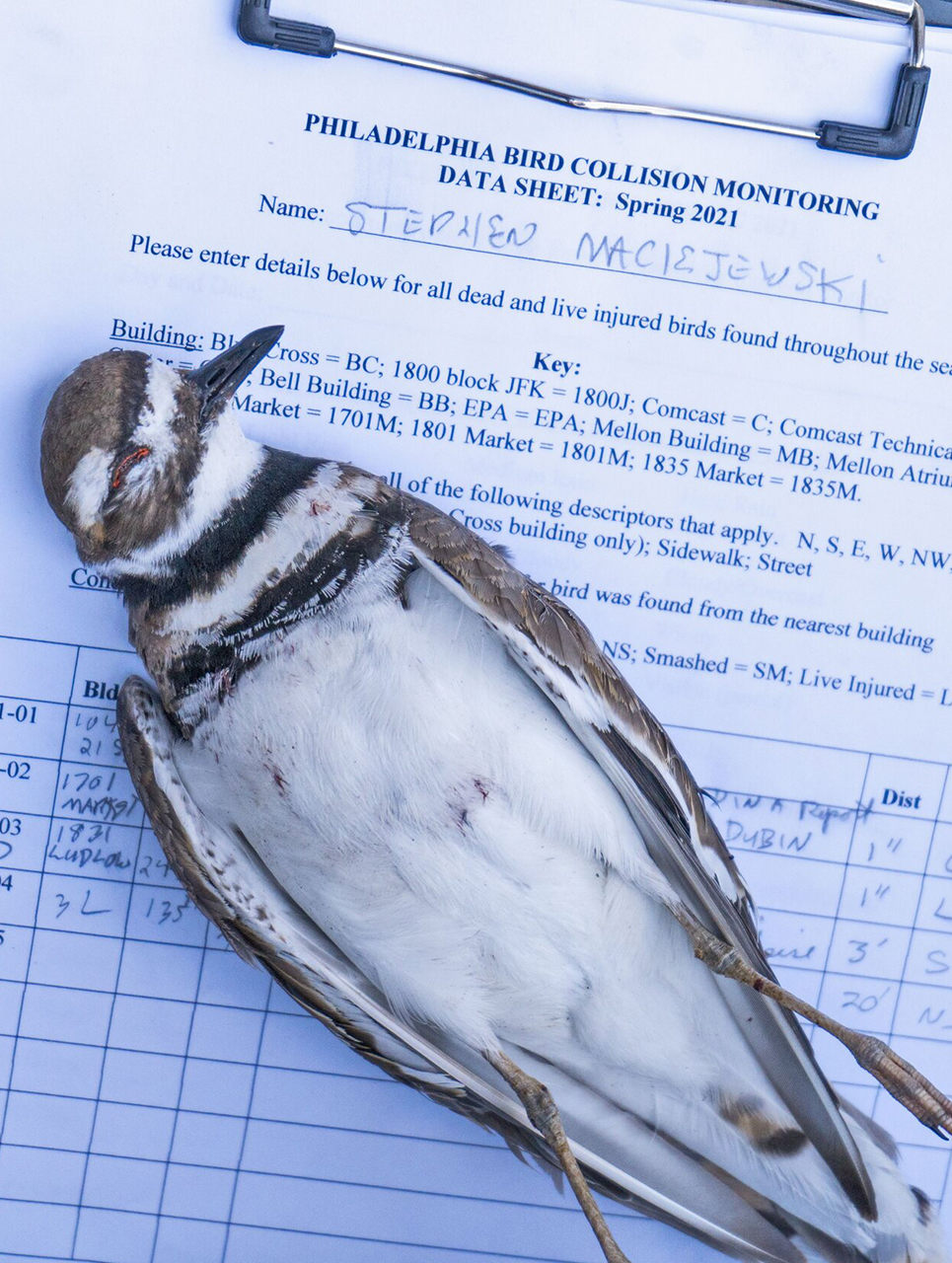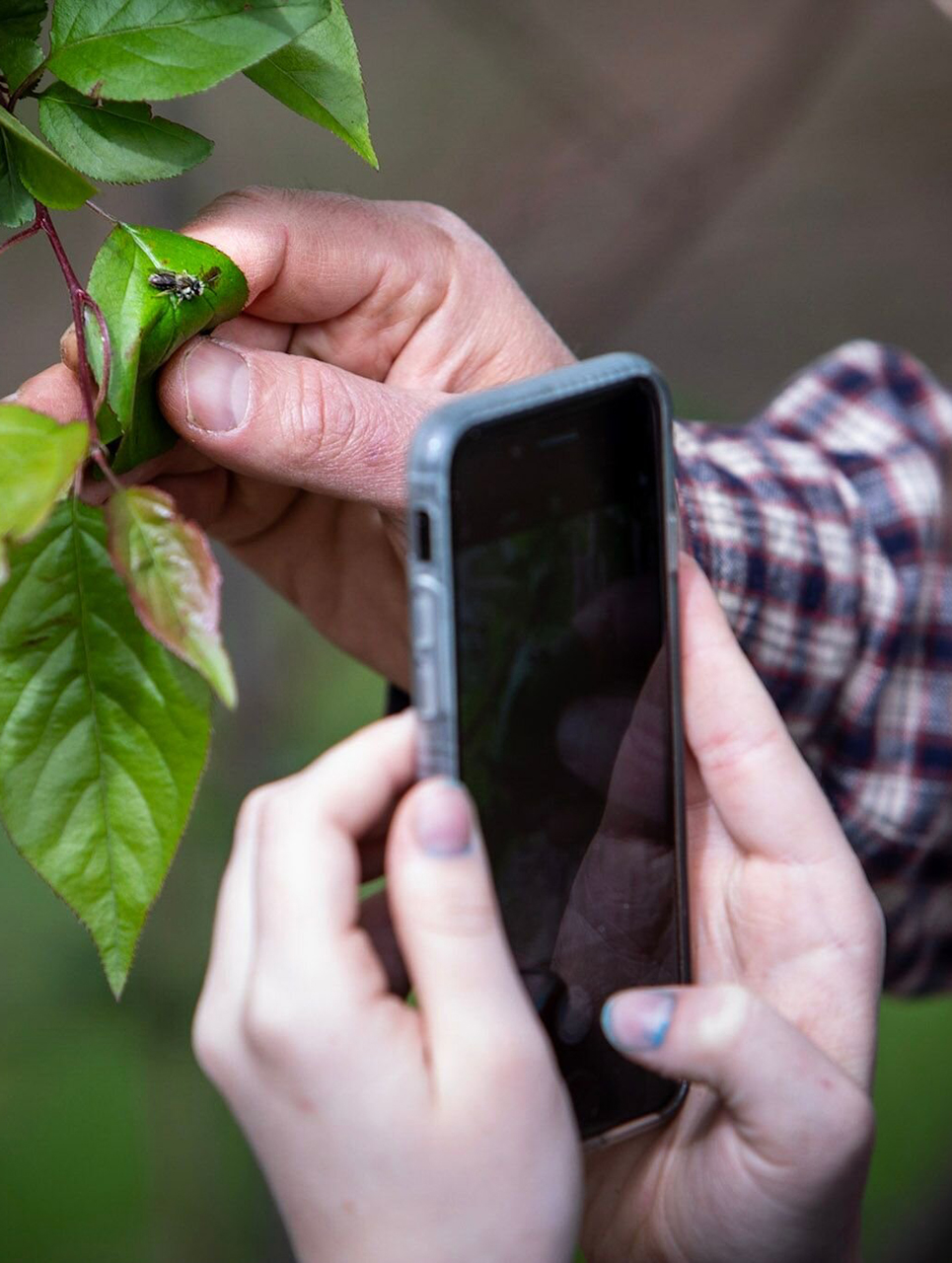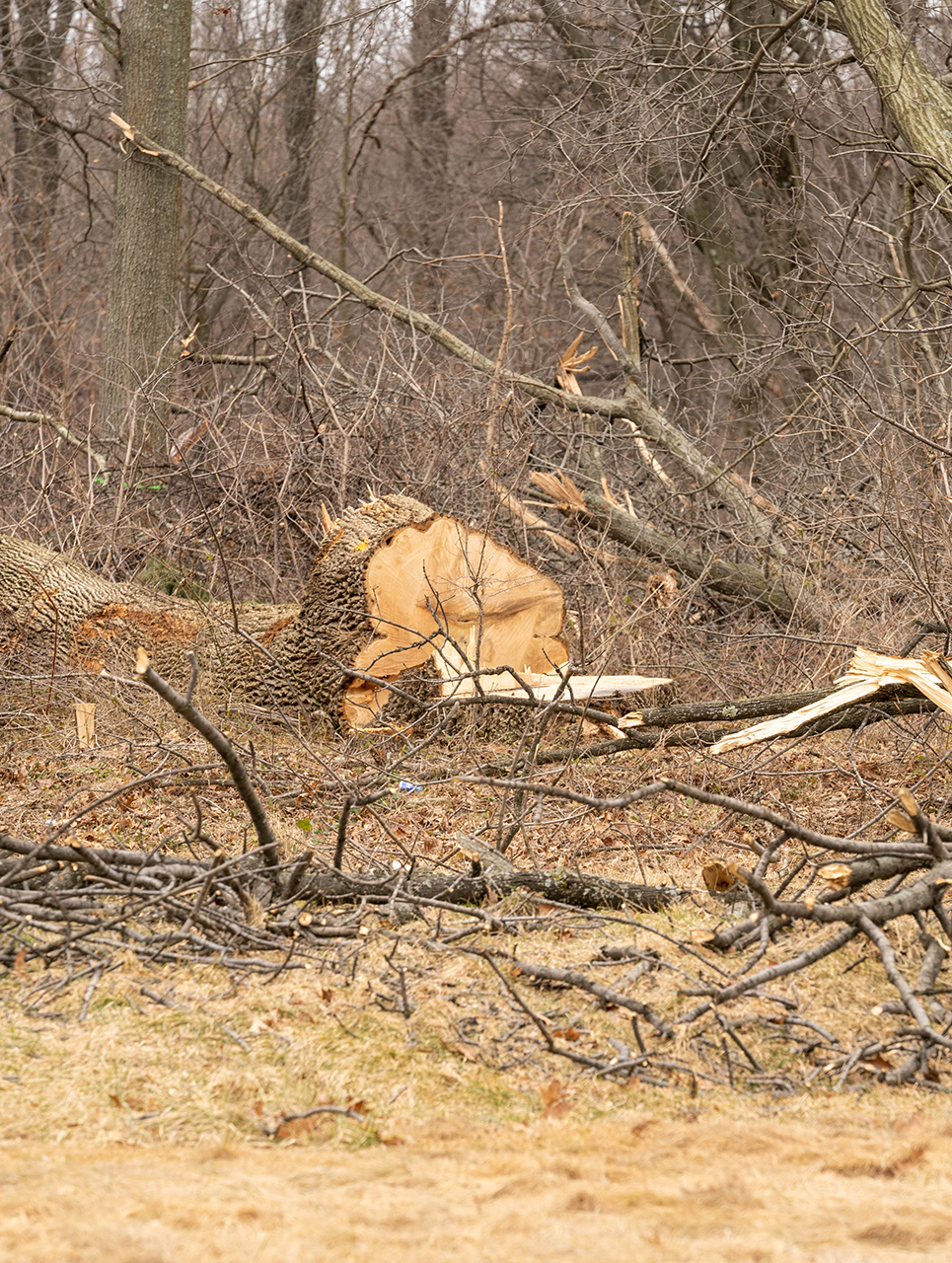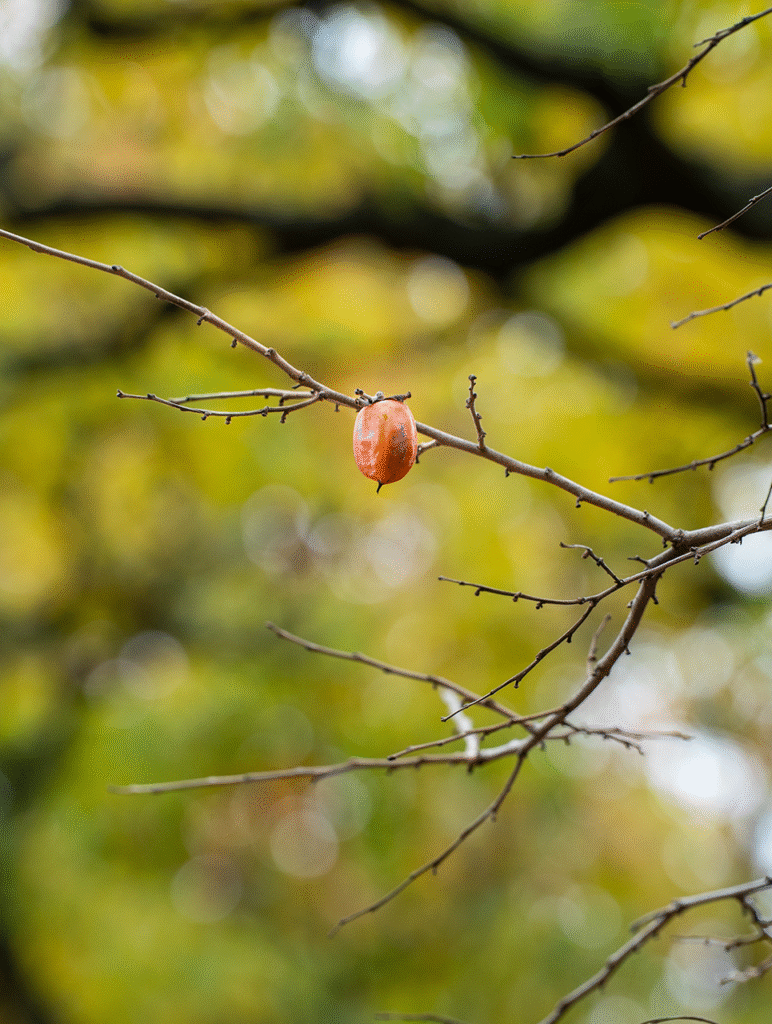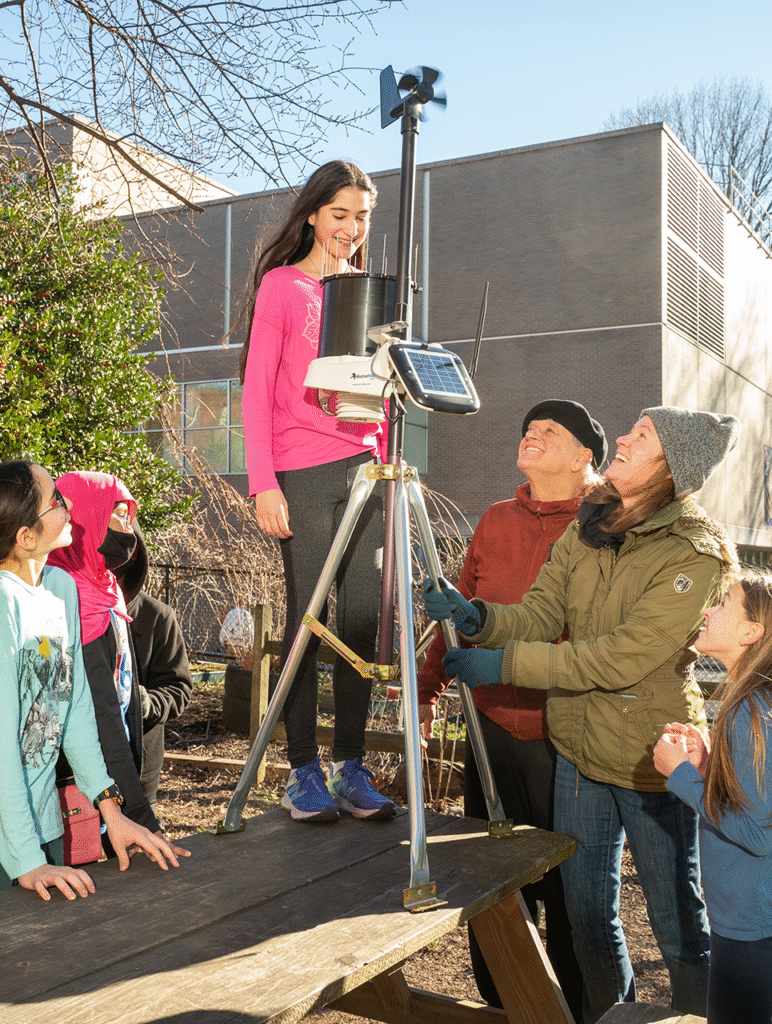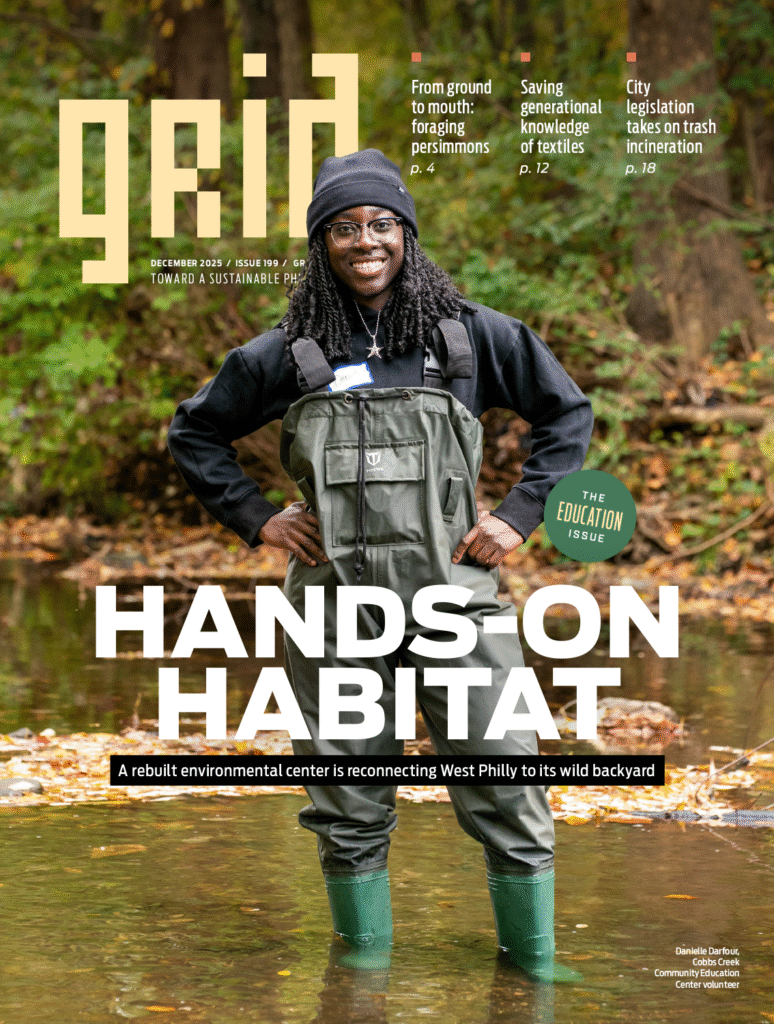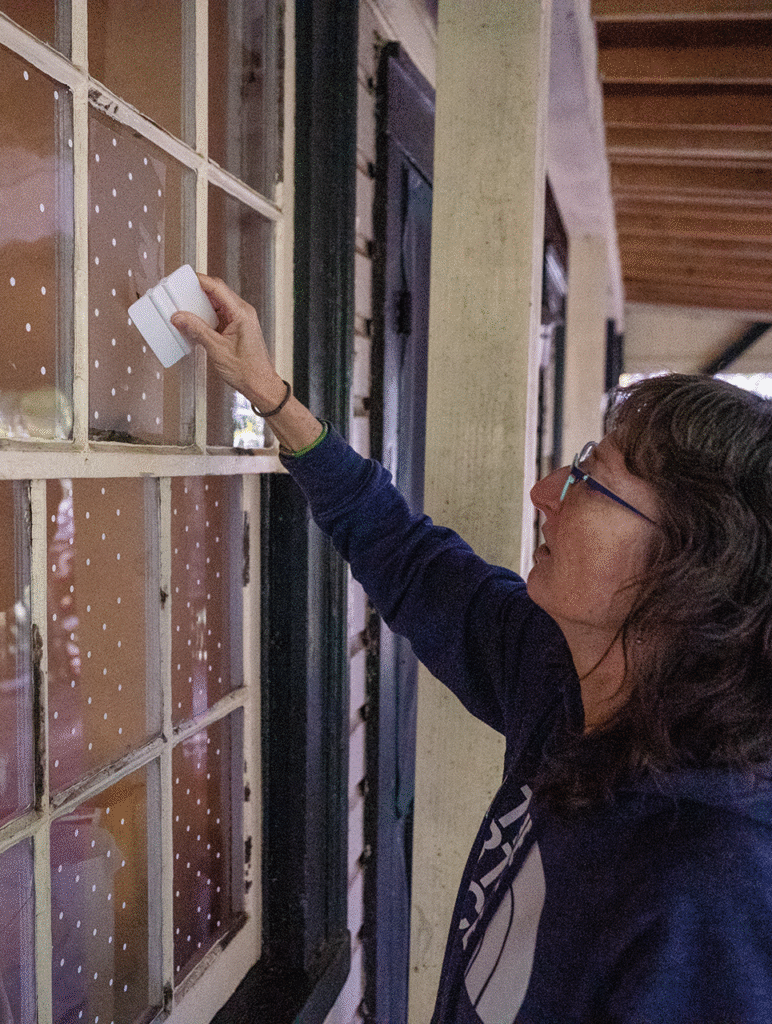Spring has arrived in the Northern Hemisphere, which means billions of birds that spent the winter to the south are flying back northward to their breeding grounds. Many of the migrants will follow the Atlantic Flyway, which is like a bird highway that runs up the East Coast of North America, right over Philadelphia.
Flying hundreds or thousands of miles isn’t easy. Birds contend with the age-old hazards of bad weather and natural predators, and humans have cluttered the route with obstacles — buildings — the migrants did not evolve to avoid. Up to 1 billion birds die every year after they collide with windows, a human-caused mortality source outranked only by outdoor house cats, which fell more than 2 billion birds annually.
In Philadelphia, office buildings and apartment highrises will aim to reduce the carnage by turning down their lights at night from April 1 to May 31 as part of Bird Safe Philly’s Lights Out Philly initiative.
Songbirds like warblers and thrushes tend to migrate at night, navigating in part by the stars and the moon. Artificial lights can confuse them, drawing them into cities, where they are more likely to run into windows or fall victim to cats. Particularly bright buildings and light sources like spotlights can so strongly attract birds that they fly in circles until they fall from the sky exhausted.
Even if you don’t live in a highrise, you can do your part by making your windows visible to birds, keeping cats inside, and planting native plant species that support the bugs songbirds eat to refuel during their Philadelphia layover. Visit the Cornell Lab of Ornithology for ideas to help birds year round, and follow the migration live at Bird Cast.
